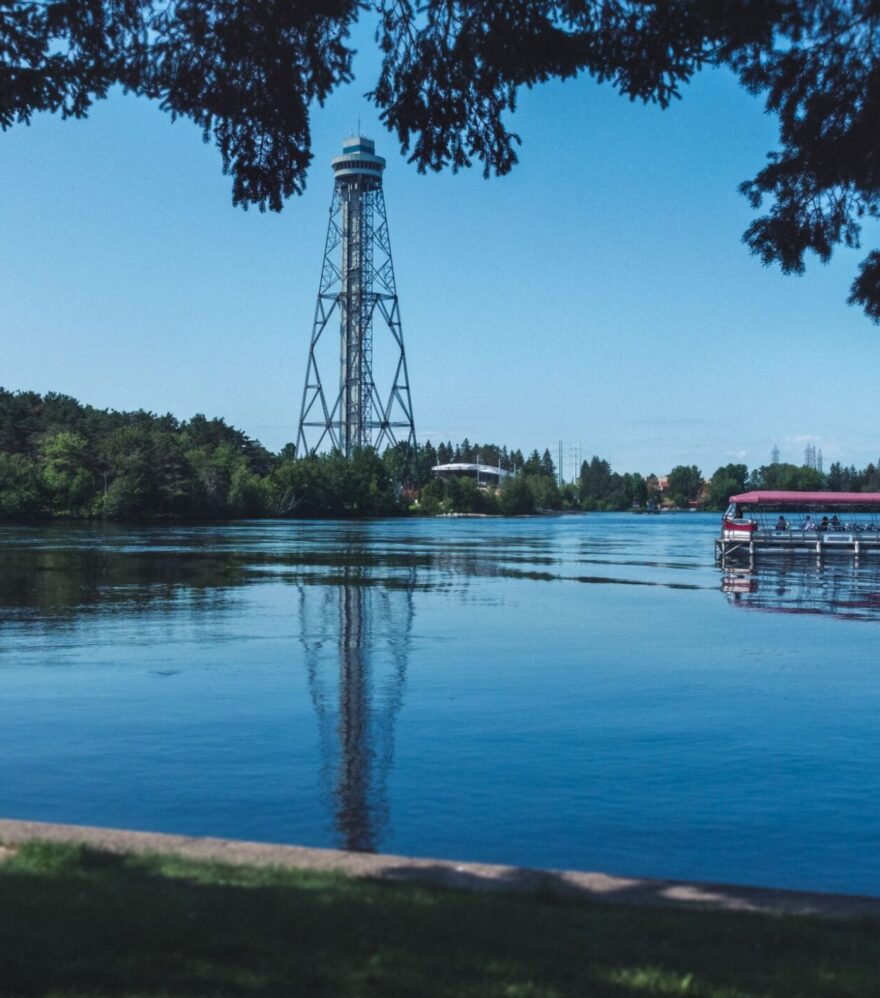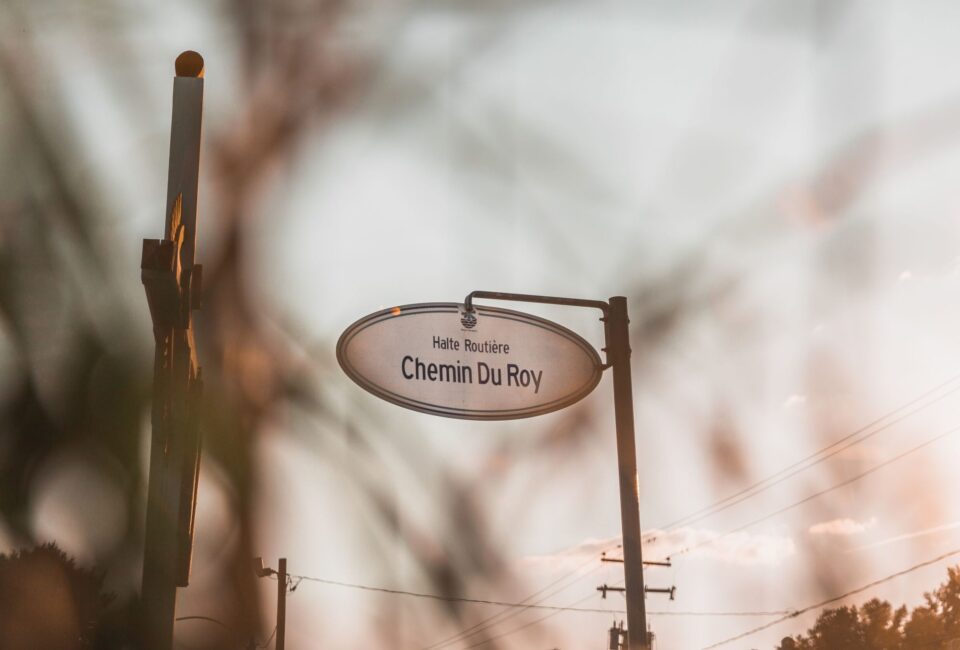Quebec Authentique’s history recounts the tales of First Nations, lumberjacks, voyageurs, and all who shaped our identity over centuries—an ideal setting for a family trip to Quebec that’s enriching and refreshingly different. Two regions perfectly matched in history and character.

The beginning of industrialization
Here, the memory of New France pioneers emerges, as does that of the heroes of the country’s commercial and industrial epic, including the fur trade, iron smelting, wood, paper, and even hydroelectricity.
Lanaudière-Mauricie is the cradle of Quebec’s development as we know it today. It’s the birthplace of the settlement along the St. Lawrence River, which for centuries was the only major route taken by the Indigenous people (referred to as Indian Americans by Jacques Cartier) to cross the province, as well as the new French arrivals.
The heritage of 17th-century New France is felt and seen in every corner. From the geographic shape of the regions embracing the river and the legacy of seigneuries, to the Chemin du Roy, the first carriageway between Montreal and Quebec City that passes through Lanaudière and Mauricie, and cultural symbols like traditional music that have transcended eras.
Lanaudière and Mauricie invite you to discover their complete history through their historic sites, significant witnesses of the past, as they have many pages of stories to tell.
Lanaudière
In 1535, during his second voyage to America, Jacques Cartier disembarked in Lanoraie, marking the beginning of the colonization of Lanaudière. The region was gradually developed by following the watercourses to harness their energy for operating mills. Subsequently, Barthélémy Joliette established several towns to maximize the use of forests and waterfalls, all to power various mills. In 1820, he founded the city that bears his name today, Joliette, which later became the bishopric, equivalent to the regional capital. Thanks to the construction of the King’s Road, which took place from 1731 to 1737, many families came to settle in the region. However, it was in 1960 that the region was officially named “Lanaudière”, in honor of Barthélémy Joliette’s wife.
The traditional arrow sash, known as the “ceinture fléchée”, became the emblem of the region in 1985. Still handwoven today, its lightning and flame motifs are indicative of the energy and ardor of the people of Lanaudière. In the past, it adorned the waists of men traveling in canoes for fur trade and served as a form of currency in exchanges with Indigenous peoples. It became so popular that it was exported to Europe for many years by the Hudson Bay company. Even today, artisans continue to craft it by hand. This unique craftsmanship is exclusive to Quebec.
Mauricie
In 1634, Samuel de Champlain sent Sieur Laviolette to establish a new fort that would also serve as a fur trading post. Champlain instructed his employee to head to the mouth of the Saint-Maurice River, known at the time as Trois-Rivieres. The demographic growth in this seigneury was so rapid that populations expanded and crossed the south bank of the river. In 1730, the discovery of an iron deposit led to the establishment of Canada’s first iron and steel industry, the Forges du Saint-Maurice, which contributed to the region’s economic development for over 150 years.
Following the blast furnaces of the Forges, hydroelectric dams erected on the turbulent river took over, promoting the establishment and expansion of major pulp and paper, aluminum, and metallurgy companies that were at the heart of Mauricie’s regional economy. It was in 1933 that “Mauricie” was used for the first time to designate the region. Before this date, it was simply referred to as the Saint-Maurice Valley.
